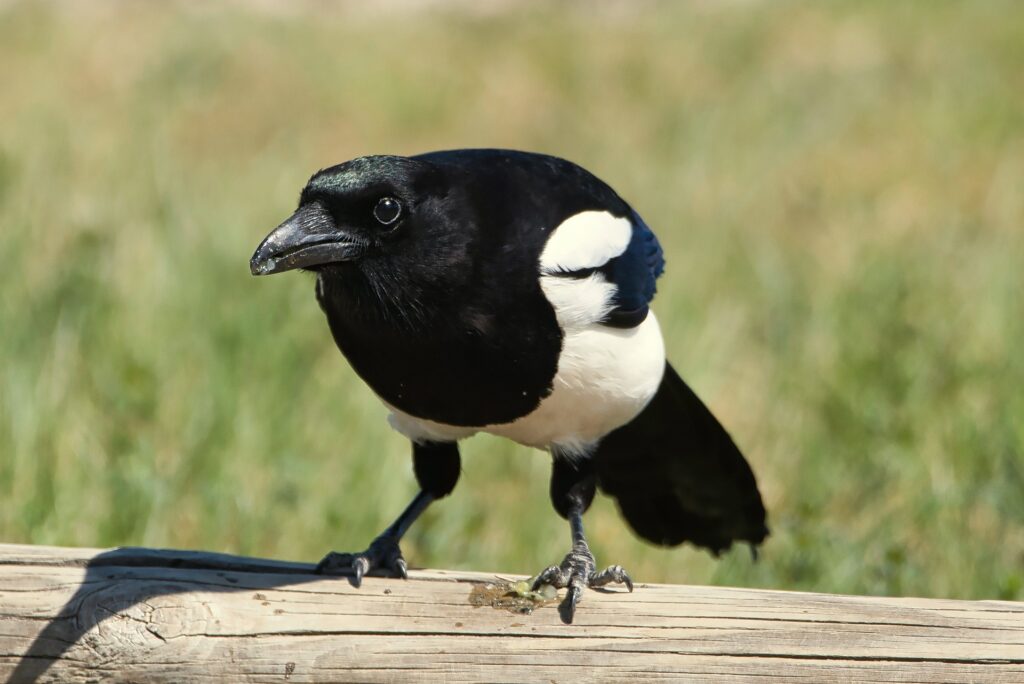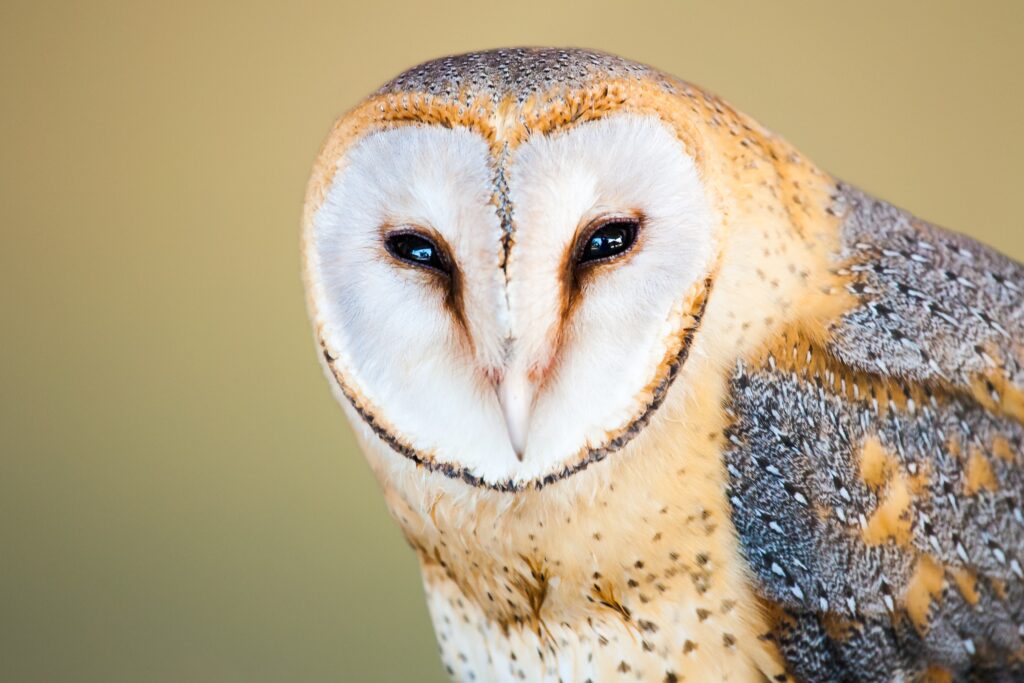As Valentine’s Day rolls around, it’s the perfect time to discuss feelings. But not our feelings—birds’ feelings. Do they even have feelings? And, if so, how do they express them? Here’s what we know.
Birds Do Have Brains

Not only do birds have brains, but their cortexes are also actually quite complex. Their cognition is said to be similar to a monkey’s or ape’s (both of which display incredible intelligence and advanced communication skills). Birds can solve problems, plan for the future, and remember the past. And they are exceptionally intelligent creatures when it comes to socialization. In fact, it’s the complex responses seen from bird socialization that leads scientists to believe they experience emotions at least to some degree.
But Do Birds Have Feelings?
What’s the answer? The long and the short of it: scientists disagree. But a growing amount of research finds certain behaviors as proof that birds (and animals) grieve, feel joy, and even experience empathy. Let’s look at some evidence:
Birds Showing Love and Affection

There’s a reason why we call lovey-dovey couples “love birds.” We see many examples of love and affection in the bird world. Of course, the most obvious example of birds showing affection is their courtship and mating behaviors. Mated birds preen each other, share food, and protect each other from predators and threats as a sign of their bond. And they take their bonds seriously: 90% of the bird population is monogamous, with many—like bald eagles, mute swans, and whooping cranes—mating for life.
This type of behavior isn’t just seen in wild birds—ask any pet bird owner, and most will say they’ve enjoyed signs of affection from their avian friend. Parrots, budgies, and other birds often give cuddles and kisses—and sometimes regurgitate their food for you!—as a sign of their love.
Birds and Joy!
Surfs up for these fun-loving Black Swans:
We already know that birds make us happy—but do they experience joy themselves? Well, we do know that their brains, like ours, have dopamine and opioid receptors, which regulate those “feel good” chemicals. We also know that they experience happiness when they sing—as opioids are produced in their brain during birdsong.
How else do birds show that they’re having a good time? They engage in playful behaviors that don’t seem to have any real purpose other than their own enjoyment. For example, some ravens were spotted sliding down snow-filled slopes in Russia, and crows were seen using a plastic lid to sled down a snow-covered rooftop. In Australia, Black Swans took to the local pastime and surfed waves all the way to shore before flying back to do it again! Looks like its not “all work and no play” in the bird kingdom.
Birds Displaying Fear and Anger

Unfortunately, there are many sources of fear for our feathered friends. That’s why its easy to observe fearful behavior in birds. All you have to do is watch birds fly out of a tree when you walk by, or chirp a distress call to other birds when a predator is near. A tactic some birds use when they’re afraid for their eggs or young offspring is to create a distraction away from the nest to lure the predator away. Other fearful bird behaviors include feather pecking, screaming, and flapping their wings.
And while we don’t think of birds attending anger management classes, we do know they get peeved from time to time. Have you ever been a bit too close to a bird’s nest, only to have it dive-bomb you out of nowhere? Then you know. (The people of Pompano Beach, Florida, also experienced this a few years back.)
What other ways do angry birds let off steam? Some will flash their colorful wings or tail feathers as a warning. Some make themselves as big as possible to make them look threatening, or crouch into an attack pose. Fluffing feathers and spreading wings and tailfeathers, are also signs that a bird is ready for war.
Bird Sadness and Grieving

If you’ve watched any nature show about birds, you’re probably familiar with the heartbreaking footage: a bird mourning the loss of its mate or its offspring. There are many instances of birds expressing grief and even engaging in mourning rituals, showing that sadness isn’t just a human state.
It’s interesting to note that birds exhibit many of the grieving behaviors we do: their posture droops, they appear listless, and often cry real tears. Certain birds—jay birds, pigeons, and ospreys—will remain near where their baby died for long periods of time. Others—magpies and crows—hold “funerals” for their dead, walking in circles together around the fallen bird for several minutes. Often, when a bird loses its mate, it will also refuse to eat or pluck at its feathers.
One of the most pronounced expressions of bird grief comes from Barn Owls, known to stick with their mates for life. When one mate dies, the remaining owl will often starve itself to death, causing some to wonder if it dies of a broken heart.
Learn More from Our Bird Experts
Want to learn more about the wild birds around you? Join us for one of Chirp’s Bird Talks, where we host special guest lecturers that include researchers, scientists, and other bird experts. Take a look at our Activities page for upcoming events!


